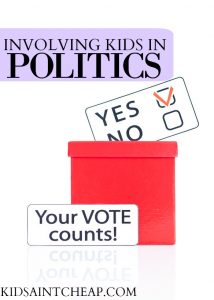In today’s digital age, teaching kids about money management from an early age is crucial for their future financial success. With the rise of technology, numerous personal finance apps have been developed specifically for kids, making learning about money fun and engaging. These money apps introduce basic financial concepts and allow children to practice saving, spending, and investing in a controlled environment. Here’s a look at some of the top personal finance apps for kids. [Read more…]

Shatel Huntley has a Bachelor’s degree in Criminal Justice from Georgia State University. In her spare time, she works with special needs adults and travels the world. Her interests include traveling to off-the-beaten-path destinations, shopping, couponing, and saving.









